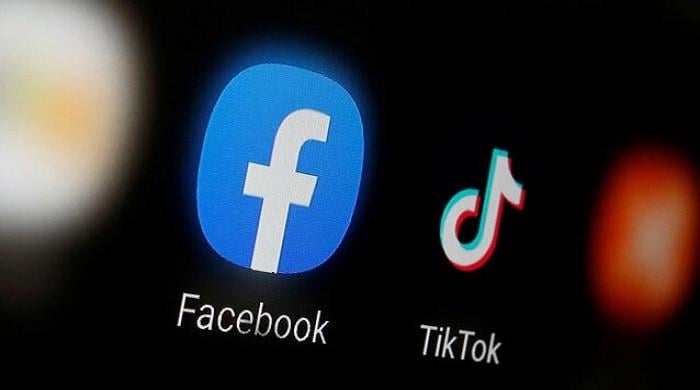Navigating the Murky Waters of Misinformation: A Toolkit for Identifying Fake News
In an era dominated by the rapid dissemination of information through social media platforms, the proliferation of misinformation poses a significant challenge, particularly during periods of heightened geopolitical tension. The recent escalation between Pakistan and India serves as a stark reminder of the ease with which fabricated content can spread, potentially exacerbating existing conflicts and manipulating public perception. To equip individuals with the necessary skills to critically evaluate information encountered online, the Digital Rights Foundation (DRF) has compiled a comprehensive toolkit for identifying and avoiding fake news.
Key Elements of the DRF Toolkit
The DRF toolkit emphasizes a multi-faceted approach to misinformation detection. First and foremost, it encourages individuals to pause before sharing any content, recognizing that popularity does not equate to authenticity. Scrutinizing the source of information is paramount. A credible source should be clearly cited, and the provided link should lead to an authoritative body relevant to the topic. Evaluating the URL’s domain name (e.g., .gov, .edu, .org) can also offer insights into the source’s credibility.
Furthermore, the toolkit stresses the importance of investigating the information’s source. Claims attributed to government bodies should be verified by consulting official websites or contacting the relevant authorities directly. Typos and grammatical errors can serve as red flags, suggesting a lack of vetting. The timeliness of the information is also crucial; outdated or revised content may no longer be accurate. Examining the language and tone for bias can help determine the sharer’s intentions and the information’s objectivity.
Scrutinizing Social Media Accounts and Content
The DRF toolkit provides specific guidelines for assessing the legitimacy of social media accounts. Key factors include the account’s creation date, previous posts, followers, and engagement quality. Profile pictures should be examined carefully, and reverse image searches can reveal whether an image has been used elsewhere. Unusual usernames, such as those with appended numbers, may indicate bot activity. The ratio of followers to following, along with the types of accounts followed, can also point towards automated or malicious accounts. Analyzing posting habits, such as excessive auto-posting or generic comments, can further unveil suspicious behavior. The toolkit also addresses changes to Twitter’s verification system, noting that blue checkmarks are no longer a reliable indicator of authenticity as they are now available through paid subscriptions.
Detecting Deepfakes: Unmasking AI-Generated Deception
With the rise of generative AI, identifying deepfakes – manipulated videos that appear incredibly realistic – presents a new challenge. The DRF toolkit offers practical tips for spotting deepfakes. These include checking for inconsistencies in audio-video synchronization, unnatural facial movements and blinking patterns, glitches and flickers, unrealistic lighting and shadows, inconsistencies in facial features, and text distortions. The toolkit also highlights how deepfakes may struggle with regional dialects and pronunciations, offering clues for discerning manipulated videos featuring public figures. For instance, discrepancies in Urdu pronunciation between Indian and Pakistani dialects can expose AI-generated manipulations.
Leveraging AI Tools and Emphasizing Source Verification
While AI-powered content identification tools exist, the toolkit acknowledges their limitations and potential for inaccuracies. Therefore, it emphasizes that source verification remains the most reliable method for combating misinformation. The DRF underscores its commitment to digital safety training for human rights activists and journalists, equipping them with the skills to navigate the online landscape securely and effectively.
The Importance of Critical Thinking in the Digital Age
The DRF’s comprehensive toolkit offers valuable guidance for navigating the complex and often deceptive world of online information. By promoting critical thinking, source verification, and a healthy skepticism toward social media content, the toolkit empowers individuals to become discerning consumers of information, contributing to a more informed and resilient society. As misinformation continues to evolve and adapt, vigilance and the application of these guidelines are essential for separating truth from falsehood in the digital age. The DRF’s efforts play a vital role in equipping individuals with the critical thinking skills necessary to navigate the information landscape and combat the detrimental effects of fake news. Through education and empowerment, the DRF contributes to a more informed and resilient online community, better prepared to counter the spread of misinformation and its potential consequences.


